The sky is f8 (1/250) and the landscape is metering f4.5 (1/60). How many stops separate these exposure readings?
Background info: I'm using the spot meter reading on a nikor zoom 35-135 mm with the following f stops listed on the ring: 3.5, 5.6, 8, 11, 16, 22.
How do you figure out how many f stops separate the brightest and darkest areas of the picture you're trying to capture?
Thanks,
pcd
Background info: I'm using the spot meter reading on a nikor zoom 35-135 mm with the following f stops listed on the ring: 3.5, 5.6, 8, 11, 16, 22.
How do you figure out how many f stops separate the brightest and darkest areas of the picture you're trying to capture?
Thanks,
pcd


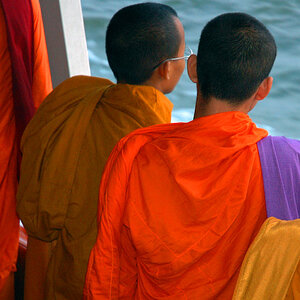
![[No title]](/data/xfmg/thumbnail/42/42058-8597ac0f687fb4007aa3ca0210936f04.jpg?1619739994)
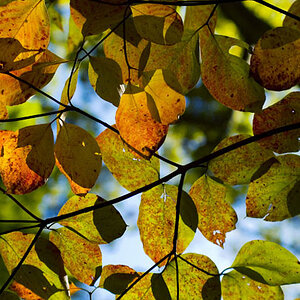
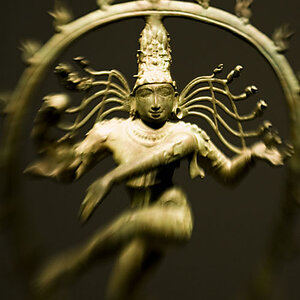
![[No title]](/data/xfmg/thumbnail/37/37112-9474bbad05f760cbef79df3379b23509.jpg?1619737882)
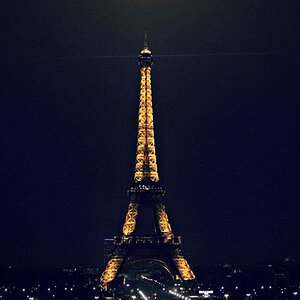
![[No title]](/data/xfmg/thumbnail/31/31705-3469470a562bc1a3bad361889544af19.jpg?1619734963)
![[No title]](/data/xfmg/thumbnail/31/31702-59b5519e3c9a12b85ca69439a27f5253.jpg?1619734961)
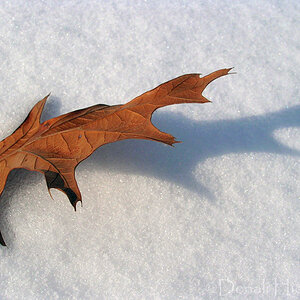
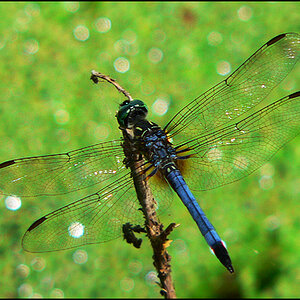
![[No title]](/data/xfmg/thumbnail/35/35664-428352d20c8015248f9625e246c3581c.jpg?1619737089)
![[No title]](/data/xfmg/thumbnail/31/31706-3e429b21053f11072ed2e5b37c019073.jpg?1619734964)